In the fascinating animal world some creatures have left scientists scratching their heads. These are the oddballs of the animal kingdom, doing things that even the smartest minds can’t fully explain. From shapeshifters to immortals, these creatures have abilities that seem more at home in fairy tales than the real world.
1. The Immortal Jellyfish That Just Won’t Quit
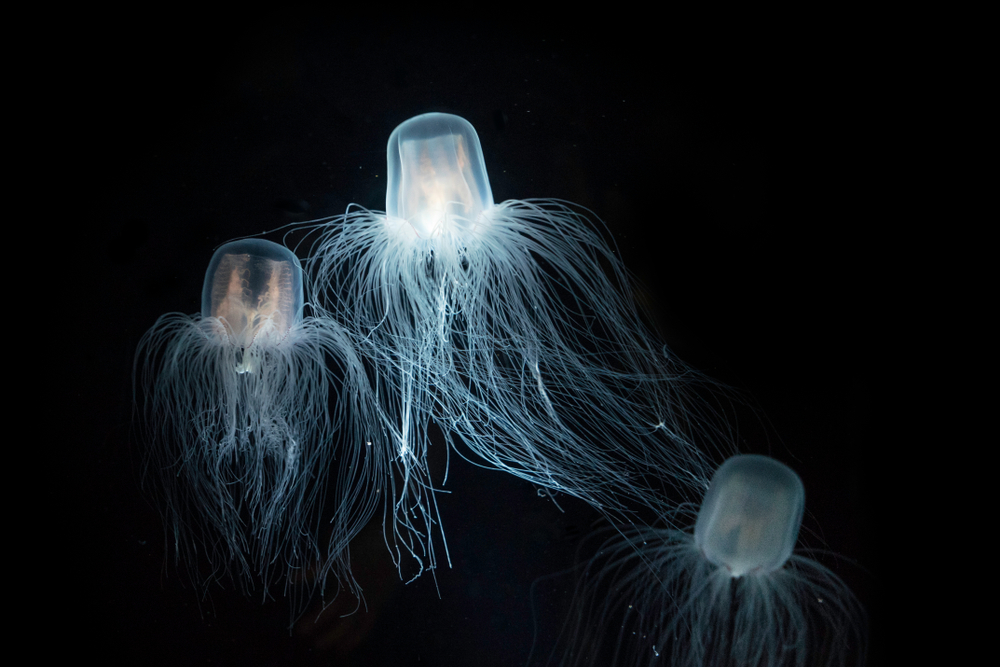
Meet the Turritopsis dohrnii, more commonly known as the immortal jellyfish, because, well, it refuses to die. When faced with injury or old age, it does something crazy—it reverses its aging process and reverts to its juvenile form. Imagine Benjamin Button but in jellyfish form, and you’ve got the idea. According to research published in Genome Biology and Evolution, Turritopsis dohrnii can revert to its polyp stage through a process called transdifferentiation, effectively reversing its aging process. This perpetual cycle of renewal has stunned scientists who are still trying to understand how and why this happens. While they understand the basic process, the genetic and molecular mechanisms remain a mystery. To date, no one’s figured out the secret to this biological fountain of youth, but you can bet they’re trying.
Now, before you start wishing you were a jellyfish, remember this process isn’t a walk in the park. It requires a specific sequence of cellular transformations that, if disrupted, might not result in that miraculous transformation. Being technically immortal doesn’t mean they never die; they’re still vulnerable to disease and predators. However, in controlled environments without predators, they can theoretically go on living and “de-aging” indefinitely. It’s a fascinating concept that could have implications for aging and regenerative medicine if we ever crack the code.
2. The Mysterious Healing Powers Of The Axolotl
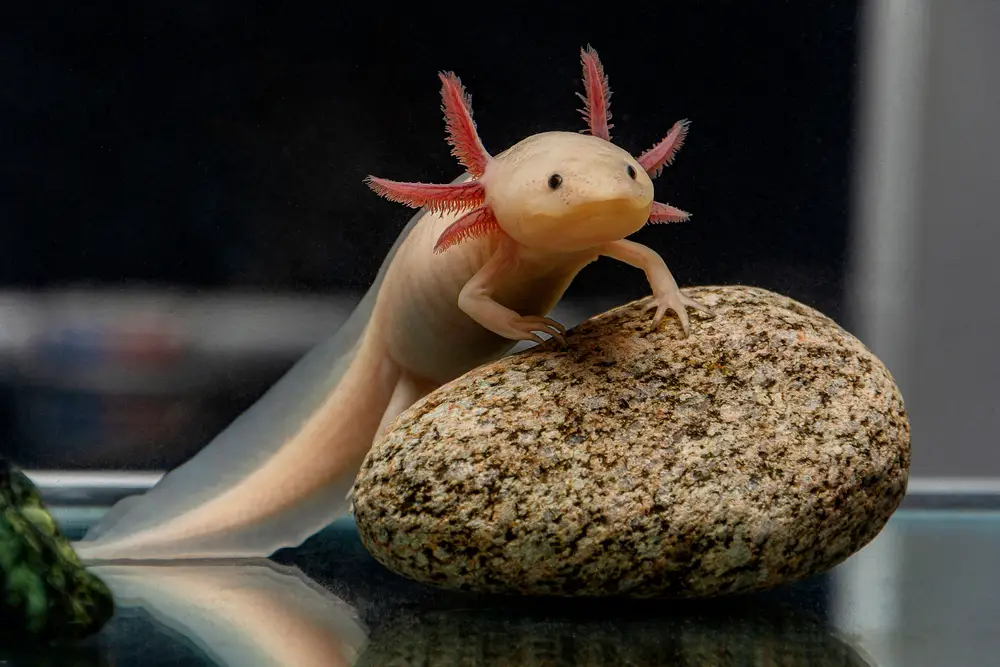
Meet the axolotl, a cute little amphibian that looks like it’s perpetually smiling. As noted by the National Institutes of Health, axolotls possess the remarkable ability to regenerate lost or damaged tissues, including limbs, heart, and parts of the central nervous system. Lose a limb? No problem. The axolotl can regrow not just limbs but also its spinal cord, heart, and other vital organs. Scientists have been fascinated by this ability for decades, yet they still don’t fully understand the mechanisms that allow for such extensive regeneration. While the basic process is known, the genetic controls remain elusive.
Imagine the impact this research could have on human medicine. If scientists can unlock the secret to the axolotl’s regenerative abilities, it could revolutionize how we approach healing injuries and diseases. It turns out that the axolotl’s regeneration process involves stem cells that can develop into various cell types. However, why these cells don’t form tumors or heal in a way that leaves scars is still a puzzle. This creature may hold the key to unlocking new treatments for everything from spinal cord injuries to heart disease.
3. The Platypus And Its Bizarre Biology
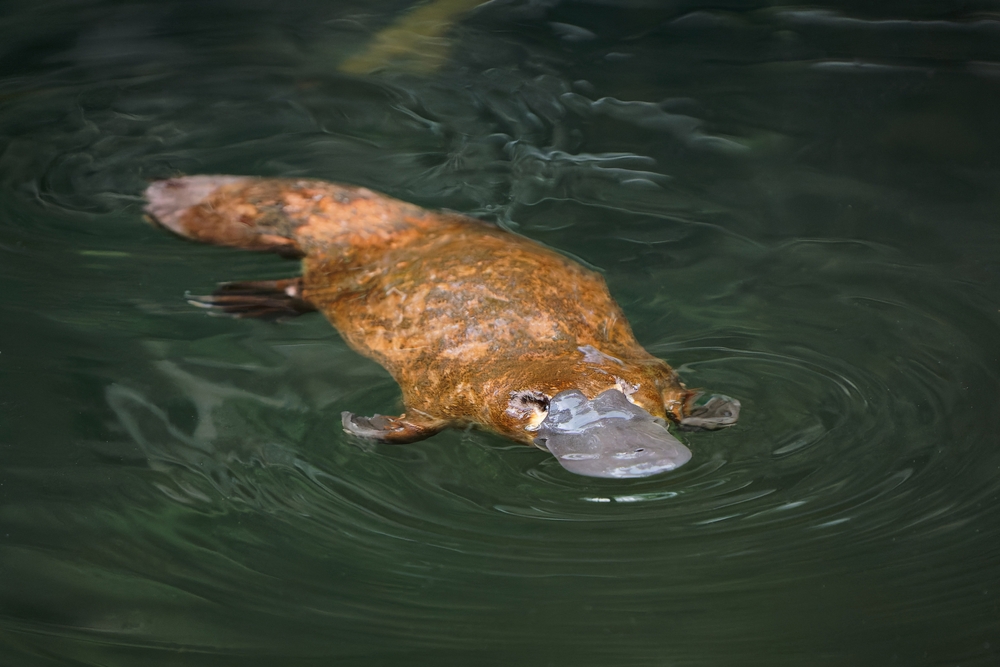
The platypus is a creature that seems like it was assembled from leftovers. With a duck’s bill, a beaver’s tail, and webbed feet, it’s a mammal that lays eggs and produces milk without nipples. Oh, and did I mention the males are venomous? This unusual combination of traits has puzzled scientists since its discovery in the late 18th century. It’s an evolutionary jigsaw puzzle that doesn’t seem to fit neatly into any category.
Scientists are particularly interested in the platypus’s venom, which contains proteins that aren’t found in any other venomous mammal. Understanding these proteins could lead to medical breakthroughs, but researchers are still trying to figure out how they evolved. Moreover, the platypus has ten sex chromosomes as opposed to the usual two in most mammals. This strange genetic quirk only adds to their allure, making them a subject of ongoing research and fascination.
4. The Cephalopod Magic Of Octopi
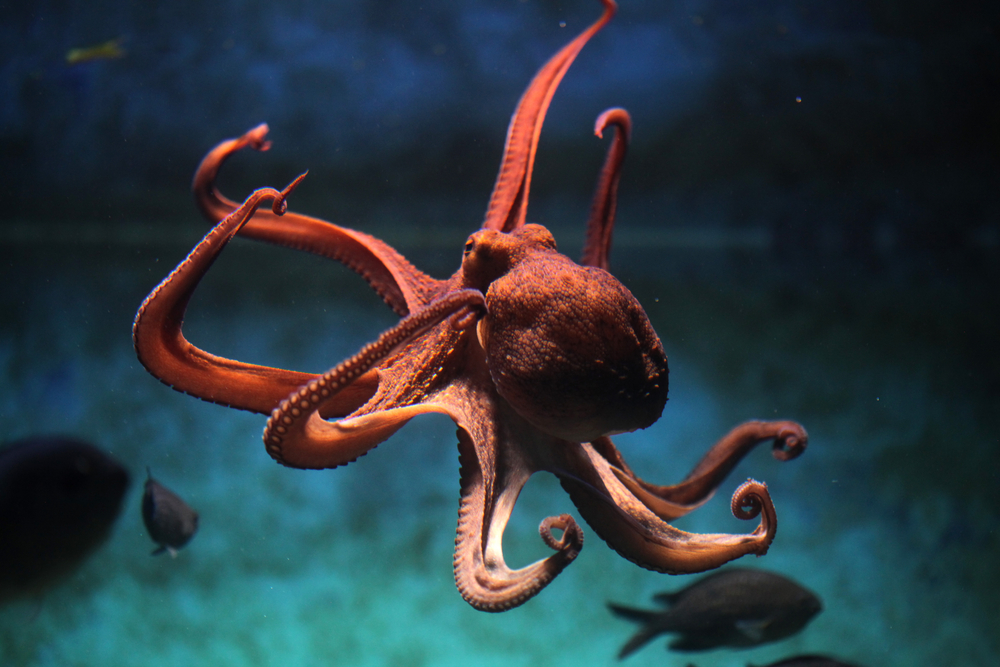
Octopi are the Houdinis of the sea, capable of squeezing through tiny spaces thanks to their lack of bones. But their strangest ability might be their capacity for camouflage. They can change not only the color but also the texture of their skin almost instantaneously to blend into their surroundings. This transformation is so precise that they can mimic other sea creatures and even the textures of coral and rocks. How they manage this is still not fully understood, though scientists have identified specialized cells called chromatophores that play a role.
Yet, the level of control and complexity involved in these transformations is mind-boggling. Researchers have found that the octopus’s nervous system is highly decentralized, with most of its neurons located in its arms rather than its brain. This allows each arm to operate semi-independently, adding another layer of mystery to their already fascinating biology. How they process visual information to match their surroundings so perfectly remains an open question that science is eager to answer.
5. The Electric Eel’s High Voltage Stunt
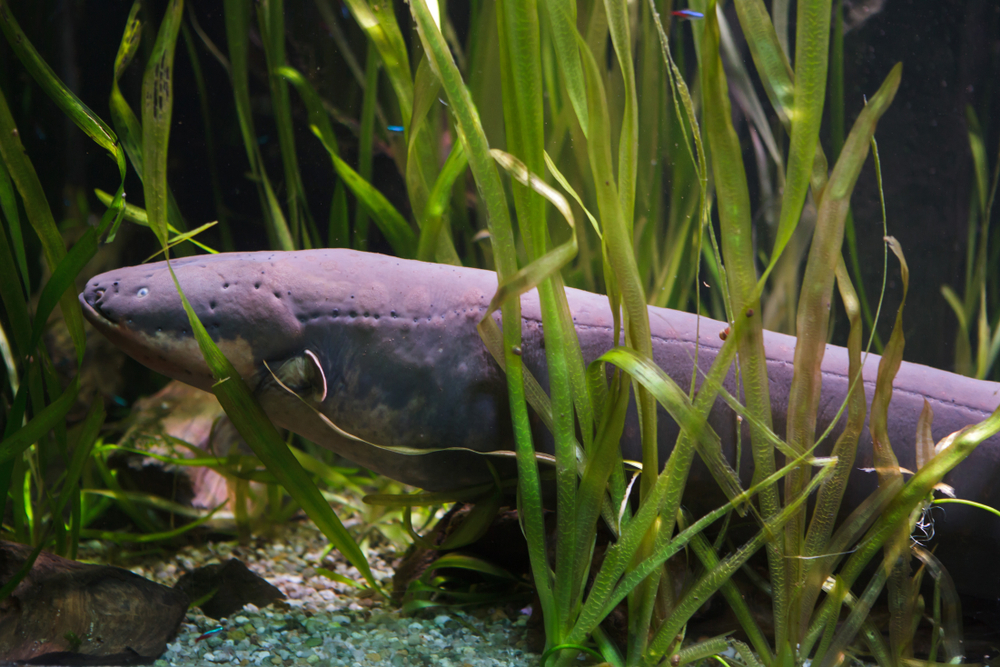
The electric eel is less eel and more electric powerhouse, capable of generating up to 600 volts of electricity. That’s enough to knock out a horse, and it’s all thanks to specialized cells called electrocytes. These cells work together like tiny batteries, producing electricity that the eel uses to shock prey and predators alike. Scientists understand the basic principles behind this shocking ability, but the precise biological circuitry that makes it possible is still being explored.
The electric eel’s ability to control its electrical output is particularly intriguing. It’s not a constant zap; the eel can modulate the voltage depending on its needs, whether that’s hunting or self-defense. Understanding this control could have implications for bioelectronic devices and new technologies. Despite decades of study, the exact mechanisms that allow for this level of electrical control remain elusive, keeping the electric eel a subject of ongoing scientific fascination.
6. The Mimicry Mastery Of The Lyrebird
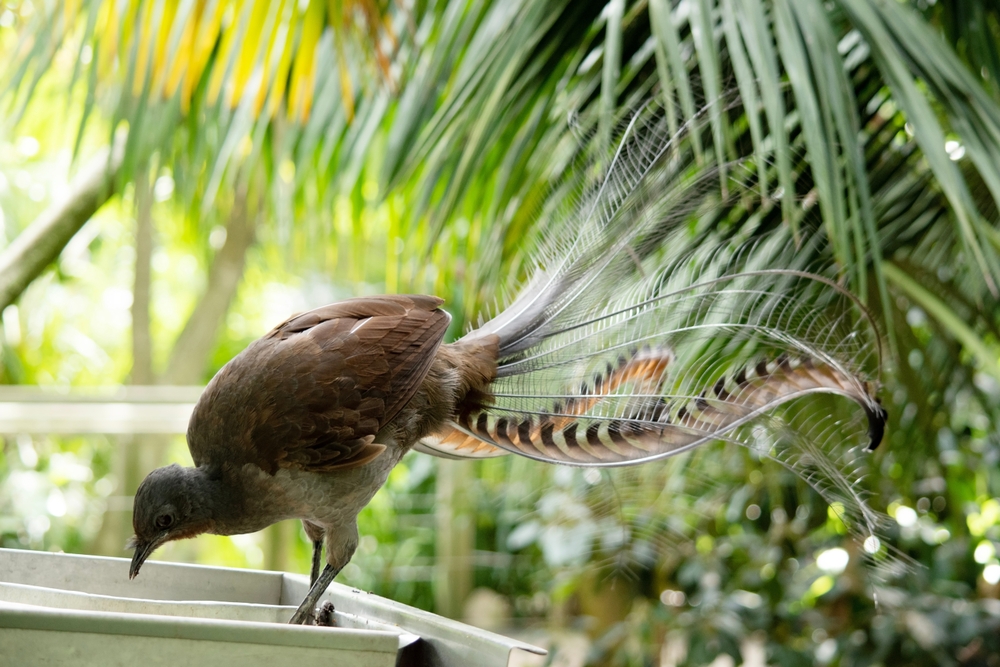
The lyrebird is an avian marvel, known for its incredible ability to mimic natural and artificial sounds. From the chainsaw of a distant lumberjack to the clicks of a camera shutter, this bird can replicate nearly any sound it hears. It’s a skill that has baffled ornithologists who are still trying to understand how the lyrebird processes and reproduces such complex auditory information. While they have a sophisticated syrinx (the bird equivalent of vocal cords), the precision and diversity of their mimicry remain largely unexplained.
What’s even more fascinating is that lyrebirds often incorporate these mimicked sounds into their mating calls. This suggests a level of cognitive function that might hint at more advanced forms of communication than previously thought. Scientists are studying these behaviors to understand the evolutionary advantages they might confer. However, how exactly lyrebirds perceive and prioritize which sounds to mimic is still a question without a clear answer.
7. The Hibernation Trick Of The Wood Frog
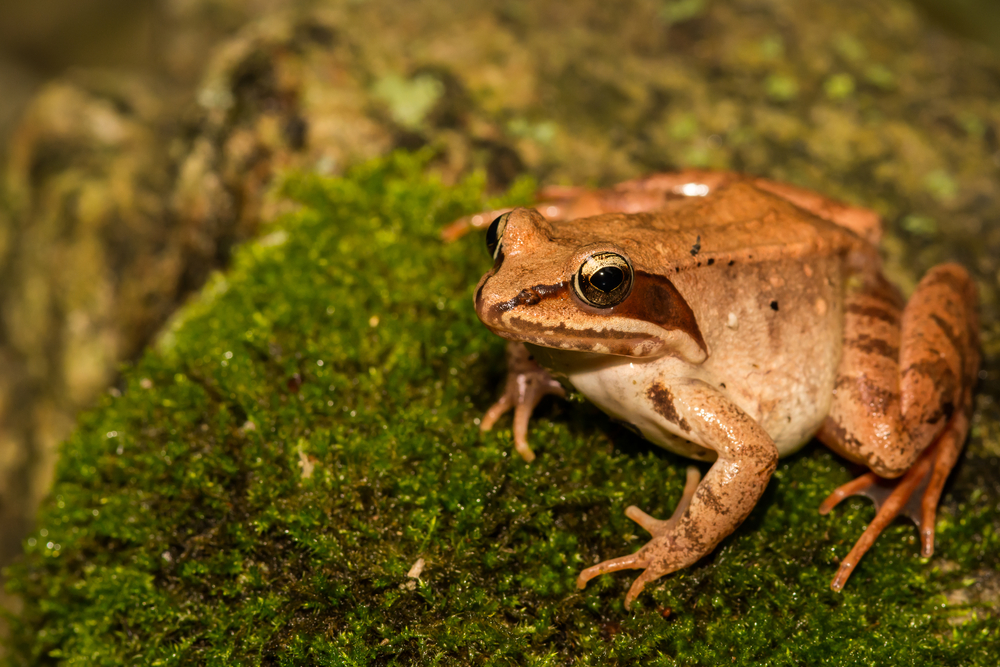
The wood frog is like the mystical creature of the forest that cheats death during winter. It can literally freeze solid, halting its heart, breath, and most bodily functions, only to thaw out and hop away come spring. Unlike other hibernating animals that just slow down their metabolism, the wood frog takes it a step further. It produces a type of antifreeze in its blood that prevents cells from bursting as they freeze. While scientists understand the basic process, the biochemical nuances are still being investigated.
This extraordinary survival strategy has inspired researchers to explore its potential applications in medicine and cryopreservation. Imagine preserving organs for transplants or even humans for space travel using similar methods. But before we get ahead of ourselves, much remains to be understood about how the frog’s body manages this feat without damage. It’s a remarkable adaptation that still holds many secrets waiting to be unlocked.
8. The Death-Defying Tardigrades
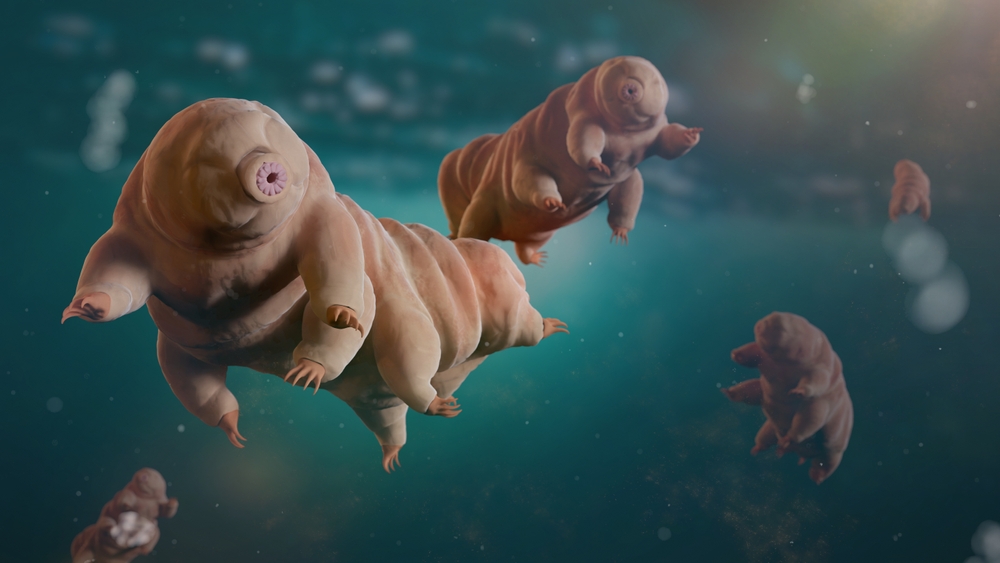
Tardigrades, or “water bears,” are microscopic creatures that can survive almost anything. They can endure extreme temperatures, radiation, and even the vacuum of space. Their secret lies in a state called cryptobiosis, where they essentially dry out and become dormant. In this state, tardigrades can survive conditions that would be fatal to most other life forms. Scientists have discovered some aspects of this process, but the full biochemical and genetic mechanisms remain mysterious.
The potential implications of understanding tardigrades are enormous. They could help us develop technologies for long-term space travel or new ways to preserve biological materials. But despite their resilience and the interest they’ve garnered, scientists are still not entirely sure how tardigrades protect their DNA during these extreme conditions. It’s a puzzle that continues to captivate researchers looking for clues to unlock these secrets.
9. The Telepathic Feats Of Ant Colonies
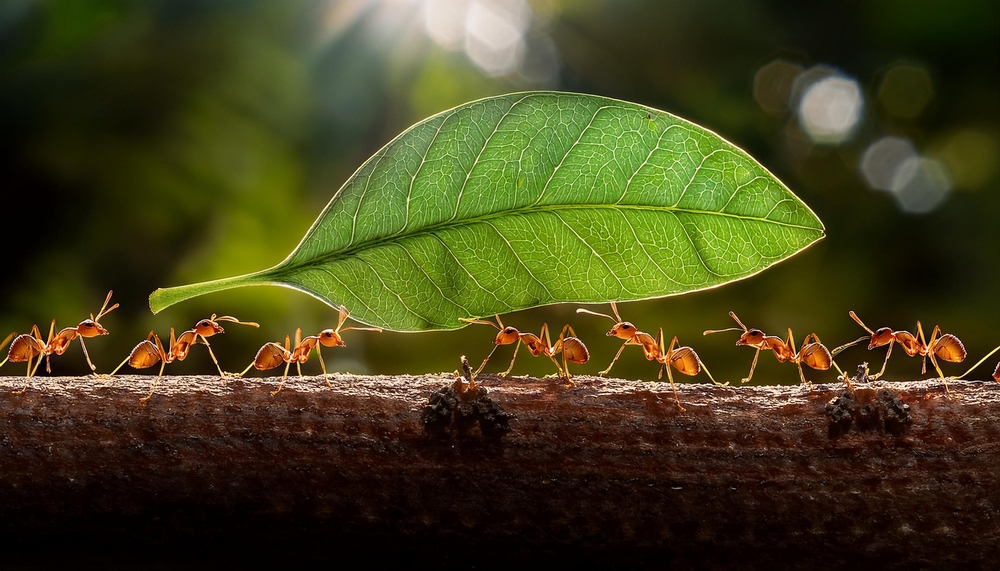
Ants are tiny insects, but their collective behavior is a marvel of complexity. They seem to communicate and coordinate with each other almost telepathically. While science understands that pheromones play a role in this, the subtleties of how these chemical signals result in such organized and efficient behaviors are still not fully understood. Ants can quickly adapt to changes in their environment, finding the most efficient paths to food or responding to threats.
It’s a level of group intelligence that fascinates researchers studying social behavior and swarm intelligence. Understanding how ants manage these feats could provide insights into everything from robotics to problem-solving algorithms. However, the precise mechanisms that allow for such sophisticated coordination remain an enigma. It’s a testament to nature’s genius that such small creatures can accomplish so much through collective action.
10. The Quantum Biology Of European Robins And Navigation

European robins have a knack for navigation that rivals the best GPS devices. They can migrate thousands of miles accurately, guided by an internal compass tuned to Earth’s magnetic field. The mind-boggling part? Scientists believe that this incredible navigation skill might involve quantum mechanics, a field usually reserved for physics, not biology. It’s thought that a protein in their eyes may be involved in sensing magnetic fields through quantum entanglement.
If this theory holds true, it could open up a whole new field of study: quantum biology. This fascinating intersection of disciplines could have implications for everything from understanding human senses to developing new technologies. But for now, the intricate details of how robins achieve this remarkable feat remain elusive. It’s a mystery that continues to inspire awe and investigation in equal measure.
11. The Chameleon’s Color-Changing Conundrum
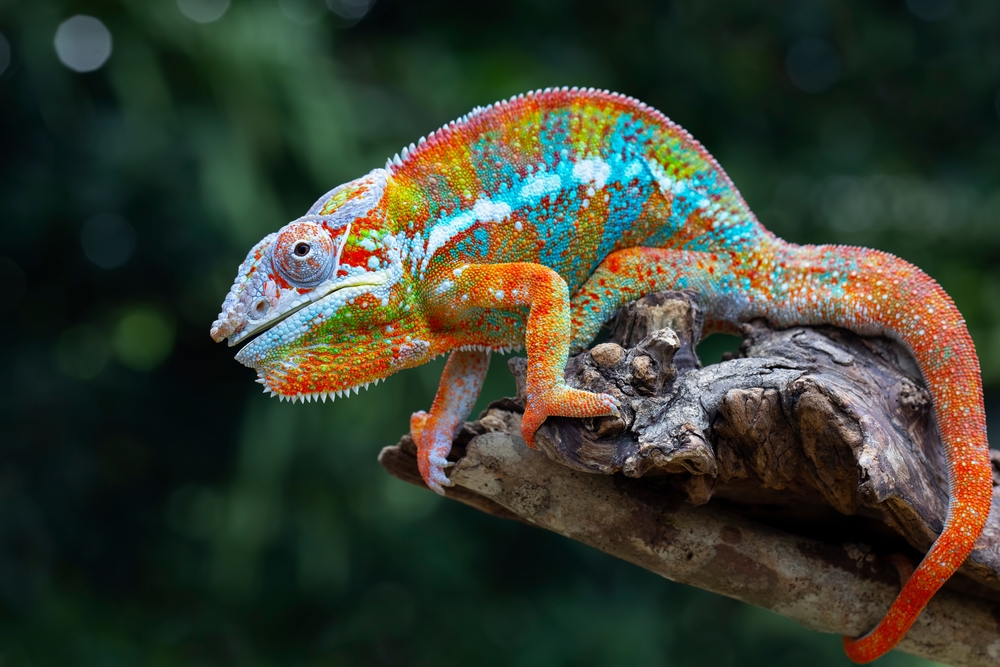
Chameleons are renowned for their ability to change color, but how do they pull off this trick? While popular belief holds that they change color for camouflage, their color-shifting is more often related to temperature regulation and social signaling. Scientists have discovered that they achieve this through layers of specialized cells called chromatophores and iridophores. These cells contain different pigments and reflect light in unique ways.
Yet, the exact mechanisms that allow for such rapid and diverse color changes are still not entirely understood. Researchers are exploring how these cells interact and respond to various stimuli. The mystery of why chameleons have developed such a sophisticated system remains a point of fascination. Their ability to blend into their environment or stand out during social interactions is an evolutionary marvel that scientists are eager to explore further.
12. The Sonic Boom Of The Pistol Shrimp
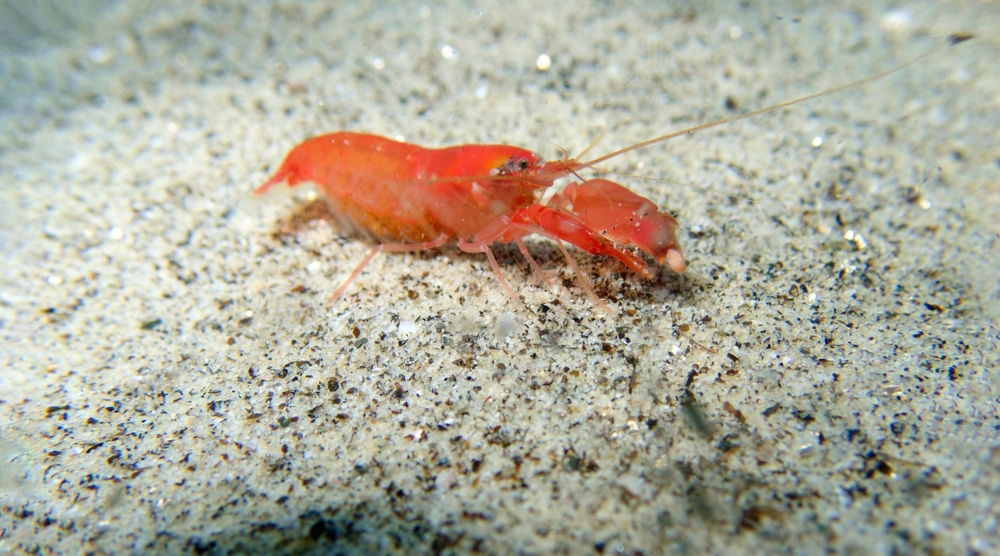
The pistol shrimp may be small, but it’s packing heat—or rather, sound. It can snap its claw shut so quickly that it creates a cavitation bubble, resulting in a shockwave that can stun or kill prey. This bubble collapses with a flash of light and heat, temporarily reaching temperatures as hot as the sun’s surface. The mechanics of this process are understood in broad strokes, but the precise biological adaptations that allow the shrimp to withstand these extremes remain unclear.
Scientists are intrigued by the implications of the pistol shrimp’s abilities, which could inspire new technologies in acoustics and underwater communication. They are still trying to understand how the shrimp’s claw has evolved to produce and withstand such powerful forces. Despite its tiny size, the pistol shrimp remains a powerhouse of mystery, continuing to spark curiosity and research. It’s a reminder that even the smallest creatures can have a big impact on science.
